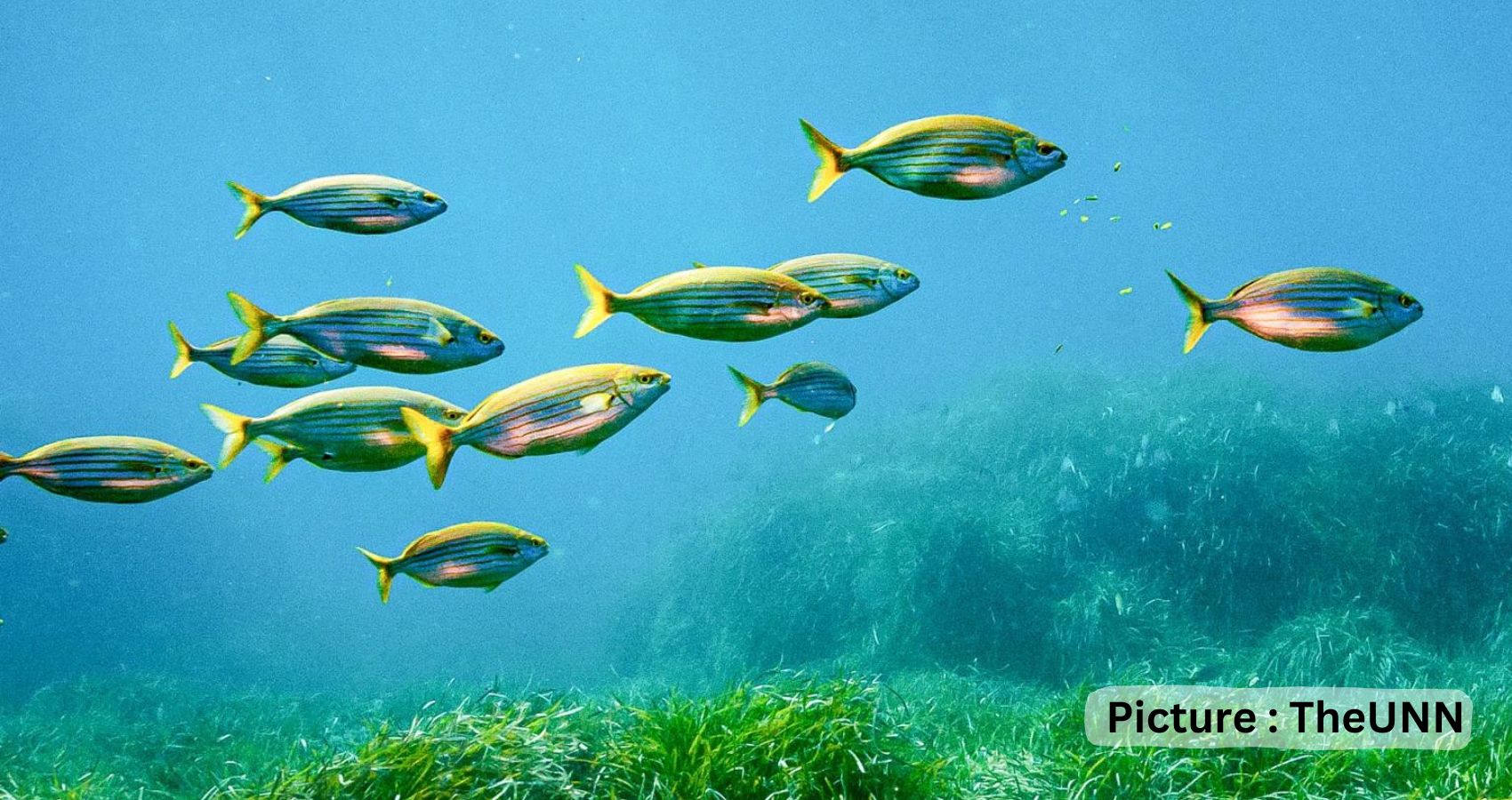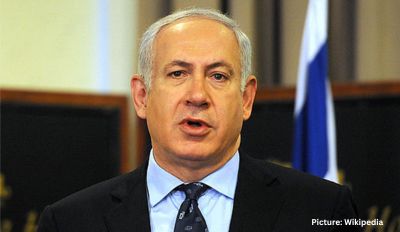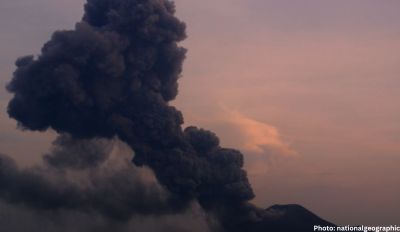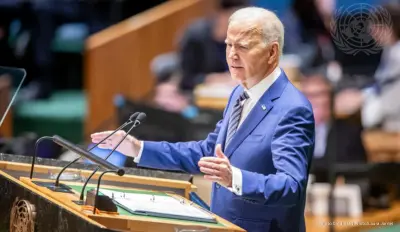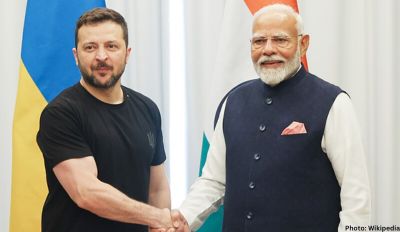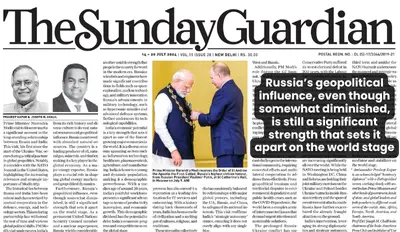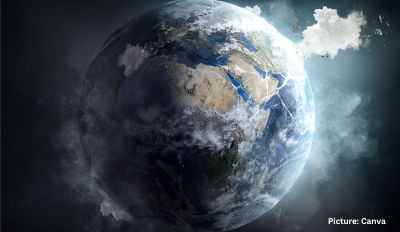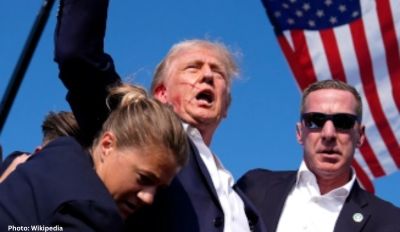More than 100 UN member-states have finally agreed, following years of talks, to a draft of the first international UN treaty to protect the high seas, a fragile and vital treasure that covers nearly half the planet. After years of negotiations, negotiators from more than 100 countries completed the UN treaty – a long-awaited step that environmental groups say will help reverse marine biodiversity losses and ensure sustainable development.
Once adopted, the treaty will be legally binding on the member-states. Pending for 15 years. Aimed at conserving and ensuring the sustainable use of ocean biodiversity, this treaty’s draft was agreed upon on Saturday, a day after the original deadline, in New York after 15 years of negotiation.
Among the contentious issues was an agreement to share the benefits of “marine genetic resources” used in biotech and other industries, dragging out the talks.
In June 2022, UN Secretary-General Antonio Guterres had declared an “ocean emergency” at the UN Ocean Conference in Portugal, citing threats to the world’s oceans.
What are the high seas?
High seas are oceanic areas beyond the Exclusive Economic Zones (EEZ) — beyond 200 nautical miles from the coastlines — of the countries. They are under the jurisdiction of no country.
High seas comprise more than 60% of the world’s oceans, and nearly half the planet’s surface.
Only about 1% of the high seas are currently protected.
Nearly 10% of marine species are facing the risk of extinction, according to the International Union for Conservation of Nature (IUCN). Oceans regulate global climate in — providing oxygen for human and animal life, driving weather systems and storing about 25% of the carbon dioxide generated by human activities.
The legally binding pact to conserve and ensure the sustainable use of ocean biodiversity, under discussion for 15 years, was finally agreed after five rounds of protracted UN-led negotiations.
The treaty is seen as a crucial component in global efforts to bring 30 percent of the world’s land and sea under protection by the end of the decade, a target known as “30 by 30” agreed in Montreal, Canada, in December last year.
The treaty will also oblige countries to conduct environmental impact assessments of proposed activities on the high seas.
Economic interests were a major sticking point throughout the latest round of negotiations, which began on February 20, with developing countries calling for a greater share of the spoils from the “blue economy”, including the transfer of technology.
An agreement to share the benefits of “marine genetic resources” used in industries like biotechnology also remained an area of contention until the end, dragging out talks.
What are high seas?
The high seas begin at the border of countries’ exclusive economic zones, which extend up to 370km (200 nautical miles) from coastlines. Beyond that point, the seas are under the jurisdiction of no country.
Even though the high seas comprise more than 60 percent of the world’s oceans and nearly half the planet’s surface, they have long drawn far less attention than coastal waters and a few iconic species.
Ocean ecosystems create half the oxygen humans breathe and limit global warming by absorbing much of the carbon dioxide emitted by human activities. But they are threatened by climate change, pollution and overfishing.
Only about 1 percent of the high seas are currently protected.
‘Victory for multilateralism’
UN Secretary-General Antonio Guterres commended the delegates, according to a spokesperson, who said the agreement was a “victory for multilateralism and for global efforts to counter the destructive trends facing ocean health, now and for generations to come”.
“It is crucial for addressing the triple planetary crisis of climate change, biodiversity loss and pollution,” a UN statement said.
Greenpeace says 11 million square km (4.2 million square miles) of ocean needs to be put under protection every year until 2030 to meet the target.
“Countries must formally adopt the treaty and ratify it as quickly as possible to bring it into force, and then deliver the fully protected ocean sanctuaries our planet needs,” said Laura Meller, a Greenpeace oceans campaigner who attended the talks.
“The clock is still ticking to deliver 30 by 30. We have half a decade left, and we can’t be complacent.”

